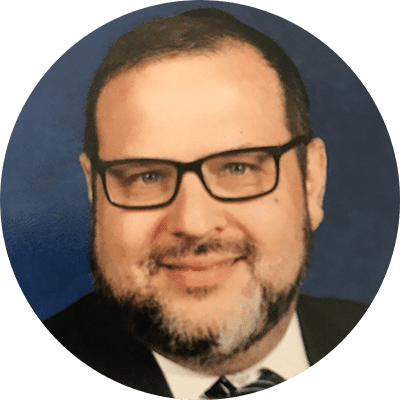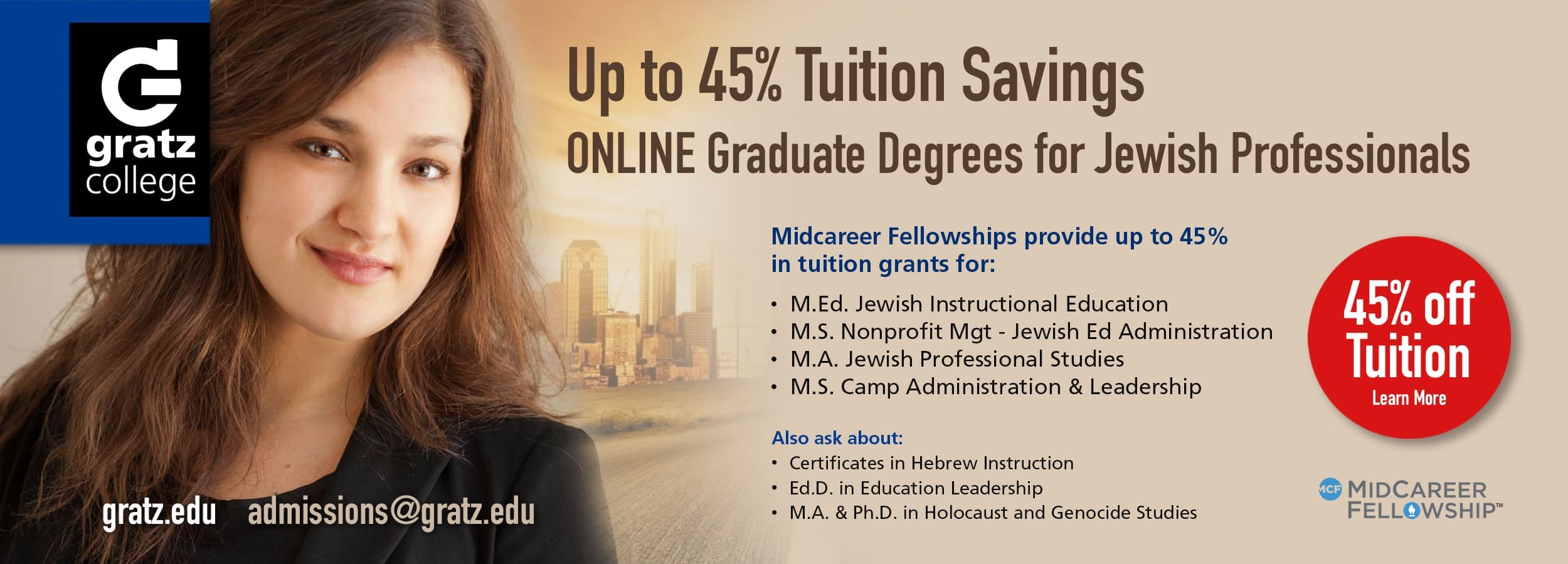There are many interesting approaches to teaching and learning Jewish history. The common denominator of many of them is that they take a direct approach—they teach Jewish history as part of the overall curriculum. While this approach is best positioned to cover the broadest historical scope and range, taking advantage of student participation in extra and co-curricular activities can be a productive supplement to help students to broaden their Jewish History knowledge and skills base. Students who participate in extra-curricular programs often have a very high level of motivation to get the most out of these programs. When these students realize that by mastering certain elements of Jewish history they also enhance their strive for excellence in their extra-curricular programs, they embrace the study of Jewish History as it relates to their program. In other words, adopting this approach provides students with added internal motivation to learn Jewish history.
One example of the efficacy of this approach is the school play. When students perform the classic play, Fiddler on the Roof, they study the history of the period and what life was like in Tsarist Russia. They are exposed to ideas of socialism, the challenges the Enlightenment posed to traditional Jewish values, and the push and pull motivations for emigration and immigration. Students, propelled by their pursuit to perform their roles with greater authenticity and feeling, are motivated to study the history of this period as part of their drama training—training which they are intrinsically motivated to pursue.
A second example of this approach is with the school choir. When the choir is performing the song “Yerushalayim Shel Zahav,” they study the background history of the song as well as the history of the Six-Day War and the capture of the Old City and Western Wall. These lessons are brought home in vivid fashion, especially when studying the inclusion of the song’s final verse following the war. Students, who want to sing the song with all the emotion and yearning possible to enable the song to reach its potential heights, are better able to rise to this challenge if they are familiar with its historical milieu.
A third example of this approach is with students who are working on a school shabbaton. Given the fact that these students are already interested in Shabbat, they learn about Prime Minister Menachem Begin’s speech in the Knesset arguing for El Al to refrain from flying on Shabbat. In this speech, where he so eloquently describes the beauty of Shabbat, he references the city of Salonika in Greece that had its port closed on Shabbat due to the large number of religious Jews who worked in the commerce industry who refused to work on Shabbat. This learning venture enables students to learn about the beautiful history of the Jews of Salonika up until their destruction during the Holocaust, in addition to contemporary Israeli politics and history.
A final example occurred in our school this past year. A large group of our eighth-grade students participated in the very meaningful program Names, Not Numbers. Our students, like students in other middle schools, were very moved and inspired when meeting and interviewing the survivors. One group this year had the privilege of interviewing a 99-year-old gentleman who escaped on the Kastner train in 1944. Alerted to the controversy surrounding this episode in Jewish history, the students in the group wanted to learn about the Hungarian Jewish experience in the Holocaust in general, and about the Kastner train in particular as part of their preparation for the interview with the survivor. To this end, they worked with their teachers to reach out to the United States Holocaust Museum and arranged for a Zoom session with two of the museum’s scholars who spent an hour teaching them about these topics and answering their questions. Motivated by their desire to get the most out of their interview, they spent time learning about this very tragic but important time in Jewish history.
These are a few examples of how extra-curricular programs can help students learn Jewish history as a means of expanding their experiences in areas that at the moment are their main focus. This approach is not meant to take the place of a systematic approach to teaching Jewish History. It lacks the scope and breadth of a regular survey course or a course with a specific focus area. However, it does expose students to Jewish history and provides them with certain reference points as they hopefully expand their study of Jewish history. Likewise, it will engage students and hopefully, through this engagement, open their eyes to the beauty and value of studying Jewish history.

Reach 10,000 Jewish educational professionals. Advertise in the upcoming issue of Jewish Educational Leadership.




